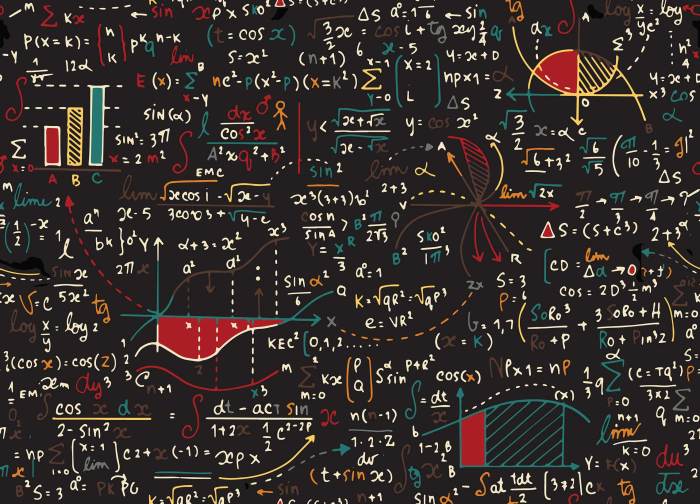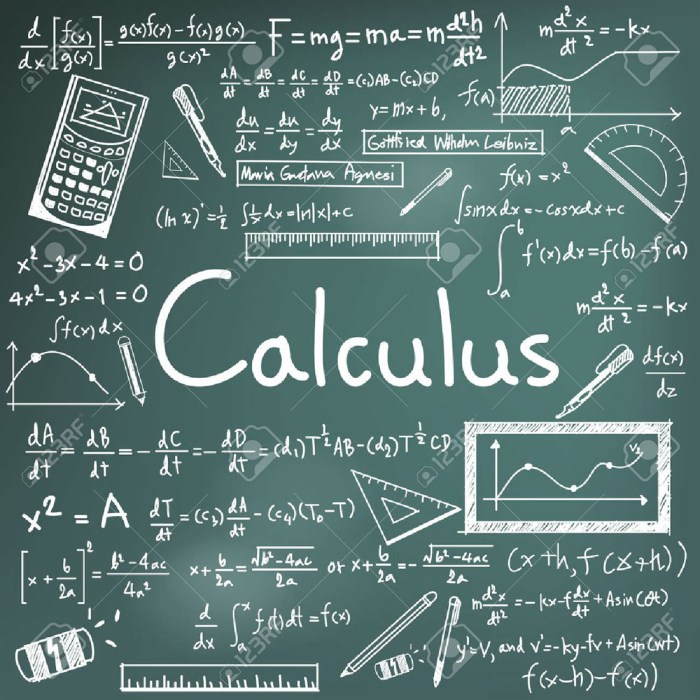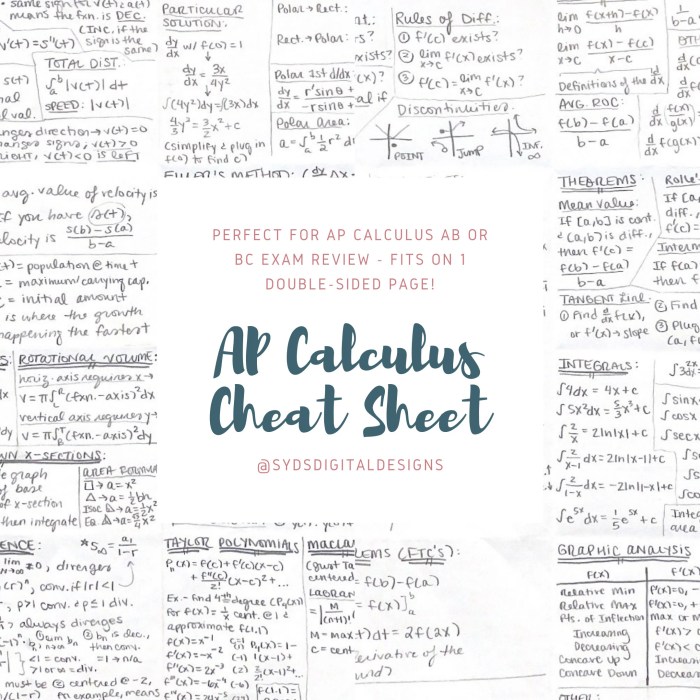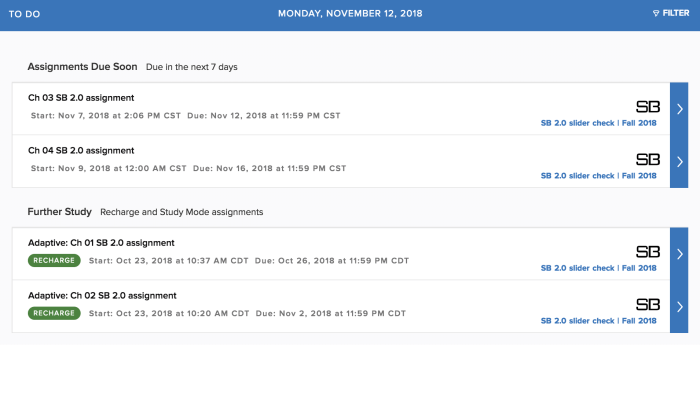Calculus for ap a complete course pdf – Calculus for AP: A Complete Course (PDF) provides a comprehensive overview of the fundamental concepts and applications of calculus, catering to students preparing for the Advanced Placement (AP) Calculus exam. This guide offers a thorough exploration of limits, continuity, derivatives, integrals, and their real-world applications, equipping learners with a solid foundation in mathematical analysis.
Delving into the historical development of calculus, the guide traces its origins and evolution, highlighting the contributions of key mathematicians. It emphasizes the practical significance of calculus in various fields, including physics, engineering, and economics, showcasing its problem-solving capabilities in real-world scenarios.
1. Introduction to Calculus: Calculus For Ap A Complete Course Pdf

Calculus is a branch of mathematics that deals with the study of change. It is used to analyze and solve problems involving motion, growth, and other dynamic phenomena. Calculus has a wide range of applications in fields such as physics, engineering, economics, and biology.
The historical development of calculus can be traced back to the ancient Greeks, who made significant contributions to geometry and trigonometry. However, the foundations of modern calculus were laid by Isaac Newton and Gottfried Wilhelm Leibniz in the 17th century.
2. Limits and Continuity
Limits
A limit is a value that a function approaches as the input approaches a certain value. Limits are used to define derivatives and integrals, and they play a fundamental role in calculus.
There are different methods for evaluating limits, including direct substitution, factoring, rationalization, and l’Hôpital’s rule.
Continuity
A function is continuous at a point if its limit at that point exists and is equal to the value of the function at that point. Continuity is an important property of functions, and it ensures that functions can be graphed without any breaks or jumps.
3. Derivatives
Definition of the Derivative
The derivative of a function is the rate of change of the function with respect to its input. It is used to analyze the slope of a function’s graph and to determine the function’s maximum and minimum values.
Methods for Finding Derivatives
There are different methods for finding derivatives, including the power rule, the product rule, the quotient rule, and the chain rule.
Applications of Derivatives
Derivatives have a wide range of applications in optimization and related rates problems. For example, derivatives can be used to find the maximum and minimum values of a function, to determine the velocity and acceleration of an object in motion, and to solve problems involving related rates.
4. Integrals

Definition of the Integral, Calculus for ap a complete course pdf
The integral of a function is the area under the curve of the function. It is used to find the area of a region, the volume of a solid, and the work done by a force.
Methods for Finding Integrals
There are different methods for finding integrals, including the power rule, the substitution rule, the integration by parts rule, and the trigonometric substitution rule.
Applications of Integrals
Integrals have a wide range of applications in finding areas, volumes, and work. For example, integrals can be used to find the area of a circle, the volume of a sphere, and the work done by a constant force.
5. Applications of Calculus

Calculus has a wide range of applications in physics, engineering, and economics.
In physics, calculus is used to analyze motion, forces, and energy. For example, calculus can be used to determine the velocity and acceleration of an object in motion, to calculate the forces acting on an object, and to solve problems involving energy conservation.
In engineering, calculus is used to analyze and design structures, machines, and systems. For example, calculus can be used to determine the stresses and strains in a structure, to calculate the flow of fluids in a pipe, and to design electrical circuits.
In economics, calculus is used to analyze and model economic behavior. For example, calculus can be used to determine the optimal price of a product, to predict the growth of an economy, and to solve problems involving investment and finance.
6. Advanced Topics

The AP Calculus AB course covers the basics of calculus, but there are many advanced topics that are beyond the scope of the course. These topics include infinite series, differential equations, and vector calculus.
Infinite series are used to represent functions that cannot be expressed in terms of elementary functions. Differential equations are used to model dynamic systems, such as the motion of a planet or the flow of water in a pipe. Vector calculus is used to analyze vector fields, which are used to represent physical quantities such as velocity and acceleration.
There are many resources available for further study of advanced calculus topics. These resources include textbooks, online courses, and videos.
Essential Questionnaire
What topics are covered in Calculus for AP: A Complete Course (PDF)?
The guide covers all the essential topics for the AP Calculus AB exam, including limits, continuity, derivatives, integrals, and their applications.
Is this guide suitable for self-study?
Yes, the guide is designed for both classroom use and self-study, providing clear explanations, practice exercises, and solutions.
What is the level of difficulty of this guide?
The guide assumes a basic understanding of algebra and trigonometry and is tailored to the AP Calculus AB course level.
